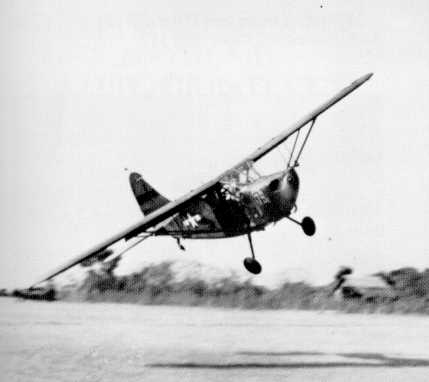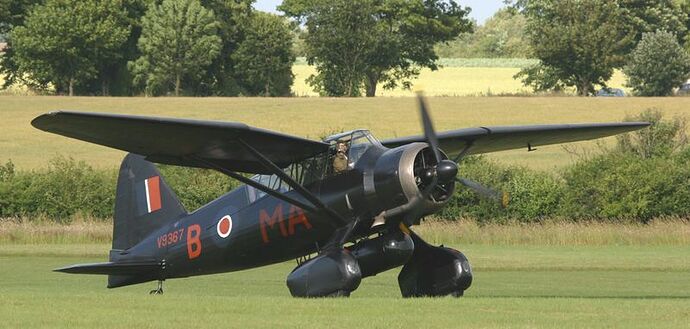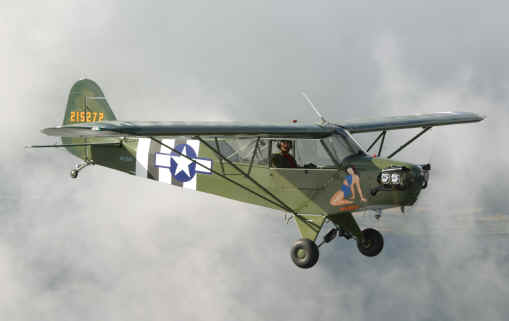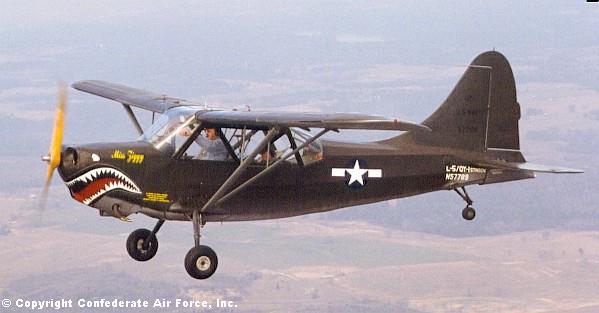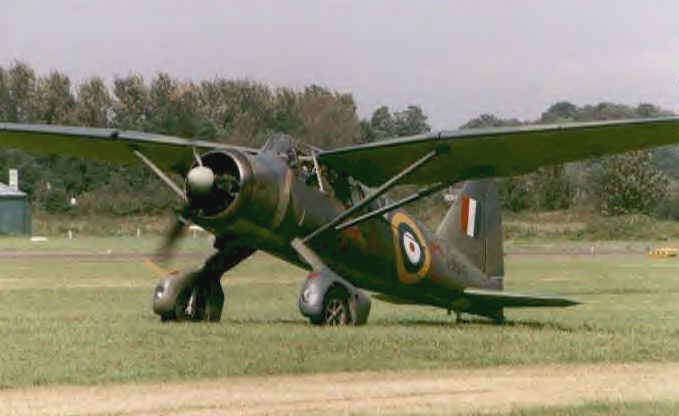The westland Lysander (from wikipedia)
In 1934, the Air Ministry issued the Specification A.39/34 for an army co-operation aircraft to replace the Hawker Hector. Initially, Hawker Aircraft, Avro and Bristol were invited to submit designs, but after some debate within the Ministry, a submission from Westland was invited as well. The Westland design, internally designated P.8, was the work of Arthur Davenport under the direction of “Teddy” Petter. It was Petter’s second aircraft design and he spent considerable time interviewing RAF pilots to find out what they wanted from such an aircraft, suggesting that field of view, low-speed handling characteristics and STOL performance were the most important factors.
Davenport and Petter worked to design an aircraft around the requested features: the result was highly unconventional and looked, by its 15 June 1936 maiden flight, rather antiquated. The Lysander featured a Bristol Mercury radial engine, high gull wings and a fixed taildragger landing gear inside huge spats. The spats had mountings for small, removable stub wings that could be used to carry bombs or supply canisters. In appearance it was not dissimilar to the Polish LWS-3 Mewa.
It was equipped with automatic wing slats and slotted flaps, novel features for the era. The combination of these wing enhancements gave the Lysander a stalling speed of 65 mph.[1] It also featured the largest Elektron alloy extrustion made at the time: a single piece inside the spats supporting the landing gear wheels. The Air Ministry requested two prototypes of the P.8 and the competing Bristol Type 148, quickly selecting the Westland aircraft for production, issuing a contract in September 1936.
Operational service
The first Lysanders entered service in June 1938 equipping squadrons for “Army Co-operation” and were initially used for message-dropping and artillery spotting. When war broke out in Europe, the earlier Mk Is had been largely replaced by Mk IIs, the older machines heading for the Middle East. Four regular squadrons equipped with Lysanders accompanied the British Expeditionary Force to France. These were put into action as spotters and light bombers. In spite of occasional victories against German aircraft, they made very easy targets for the Luftwaffe unless escorted by Hurricanes. Almost half the Lysanders operating in and over France were lost and, with the fall of France, the type was quickly withdrawn from its army co-operation role. Back in England some went to work operating air-sea rescue for RAF pilots in the English Channel. Fourteen squadrons and flights were formed for this work during 1940/1941, dropping dinghies to downed pilots.
In August 1941, a new squadron, No. 138 (Special Duties), was formed to undertake missions for the Special Operations Executive to maintain contact with the French Resistance. Among its aircraft were Lysander IIIs, which would fly over and land in France. While general supply drops could be left to the rest of No. 138’s aircraft, the Lysander could insert agents on and off the continent, or bring back any downed allied aircrew who had been sheltered by the French. In this role, the Lysander proved to be outstanding, and it continued in this role until the liberation of France in 1944. Flying on moonless nights and without any navigation equipment other than a map and compass, Lysanders would land on short strips of land in country fields, marked out by a couple of torches. In this manner, the pilots of No. 138 and later No. 161 Squadron delivered 101 and recovered 128 agents from Nazi occupied Europe.[2] The Lysanders were painted matt black and flew from secret airfields at Newmarket and Tempsford but used regular RAF stations to fuel up for the actual crossing.
December 1942. Four Lysander Mark IIIAs of No. 1433 Flight RAF, based at Ivato, over a typical Madagascar landscape, shortly after the official end of the Madagascar campaign. (Photographer: Sgt J.D. Morris).
The Lysander also joined the ranks of the Forces Aériennes Françaises Libres (FAFL) - the Free French Air Force - when Groupe Mixte de Combat (GMC) 1, formed at RAF Odiham on 29 August 1940, was sent to French North-West Africa in order both to persuade the authorities in countries like Gabon, Cameroon and Chad, which were still loyal to Vichy France, to join the Gaullist cause against the Axis powers, and to attack Italian ground forces in Libya. As with all FAFL aircraft, the Lysanders sported the Cross of Lorraine insignia on the fuselage and the wings, as opposed to the tricolor roundel first used in 1914, in order to distinguish their aircraft from those flying for the Vichy French Ar Force. The Lysanders were mostly employed on reconnaissance missions but were also used to carry out occasional attacks.
The type also filled other, less glamorous roles such as target-towing and communication aircraft. All British Lysanders were withdrawn from service in 1946.
Export customers of the type included Finland (Mk I: 3, Mk III: 9), Ireland (6), Turkey (Mk II: 26), Portugal (8), the United States (3) and Egypt (20). Egyptian Lysanders were the last to see active service, against Israel in the War of Independence in 1948.
A total of 1,786 were built, including 225 Canadian examples that were licence-built during the late 1930s.

